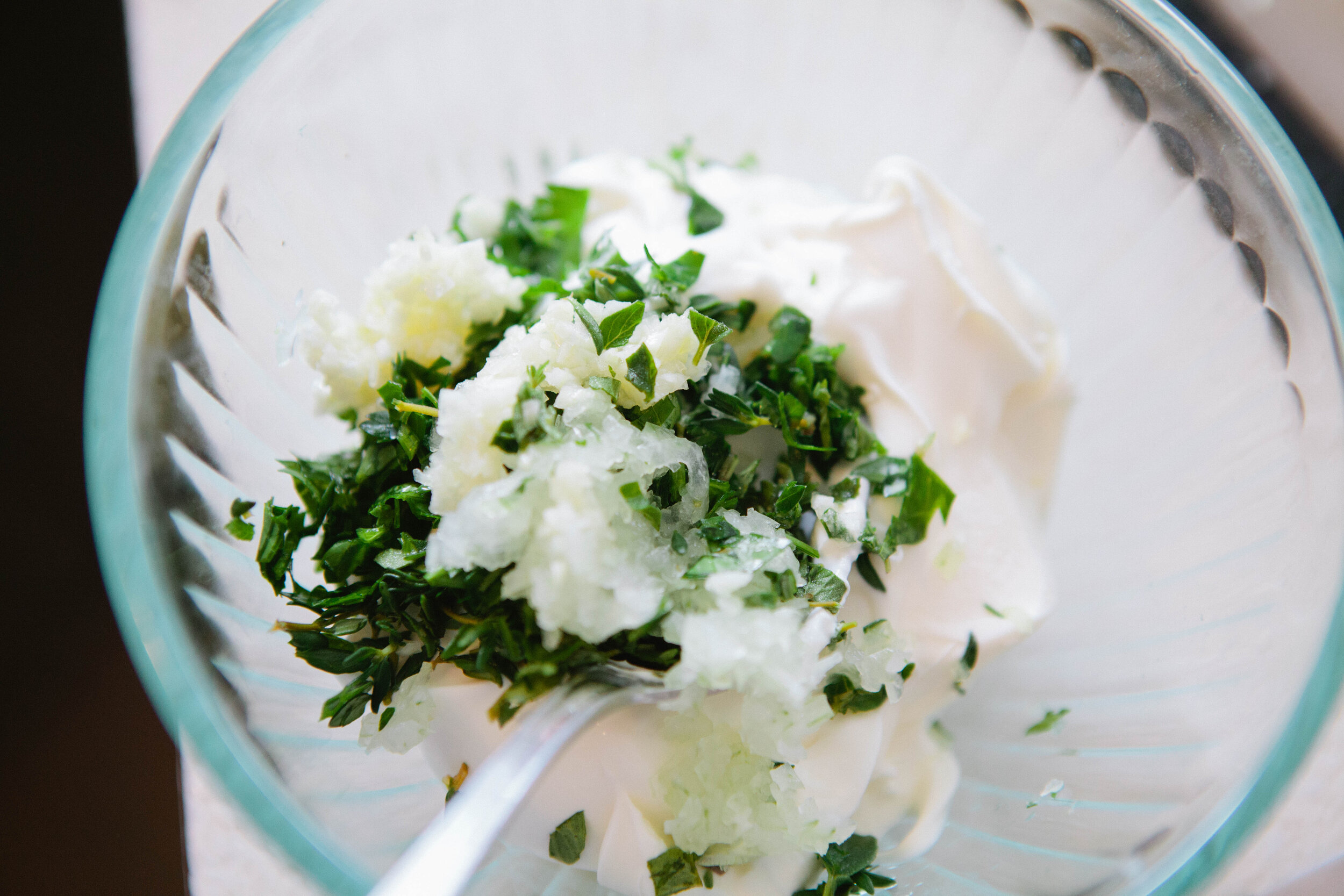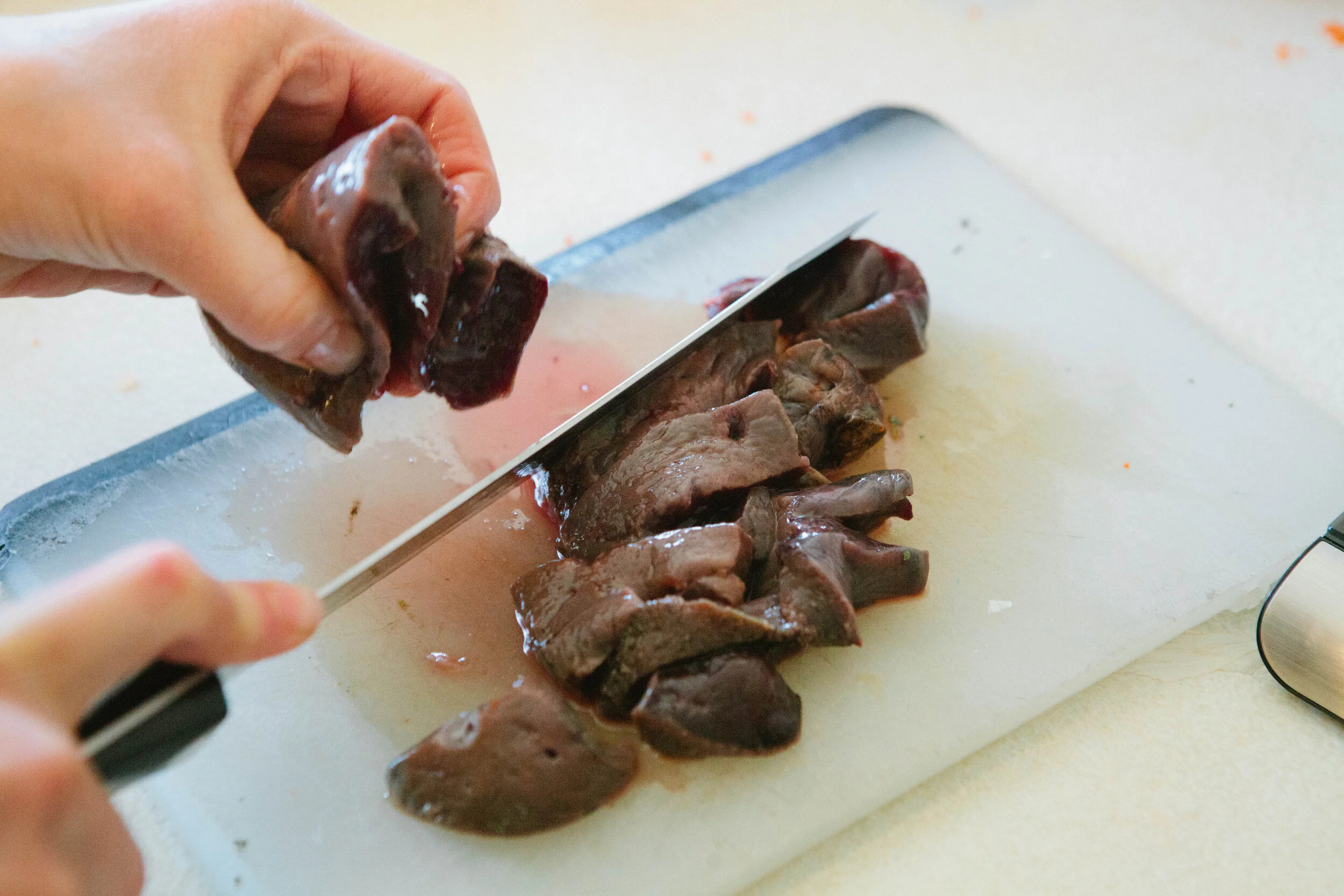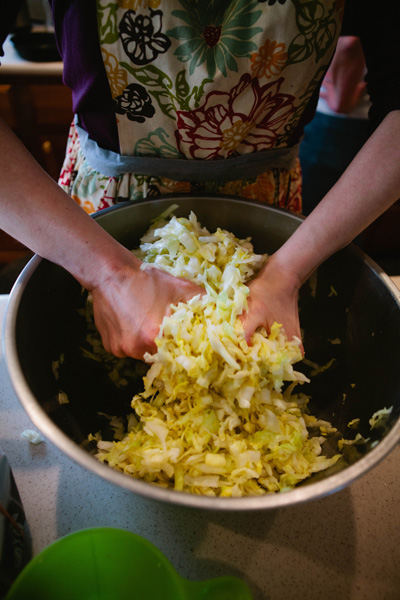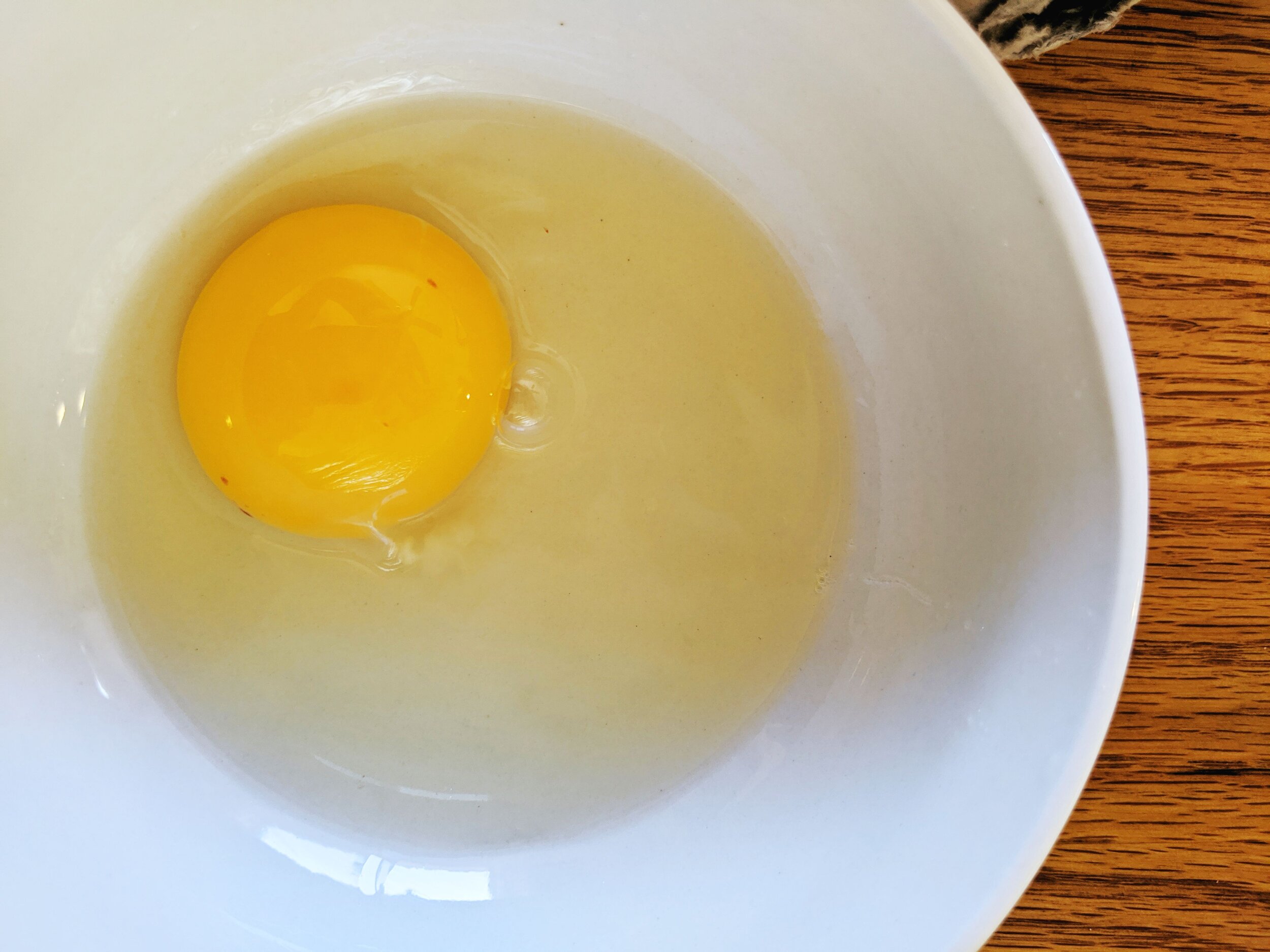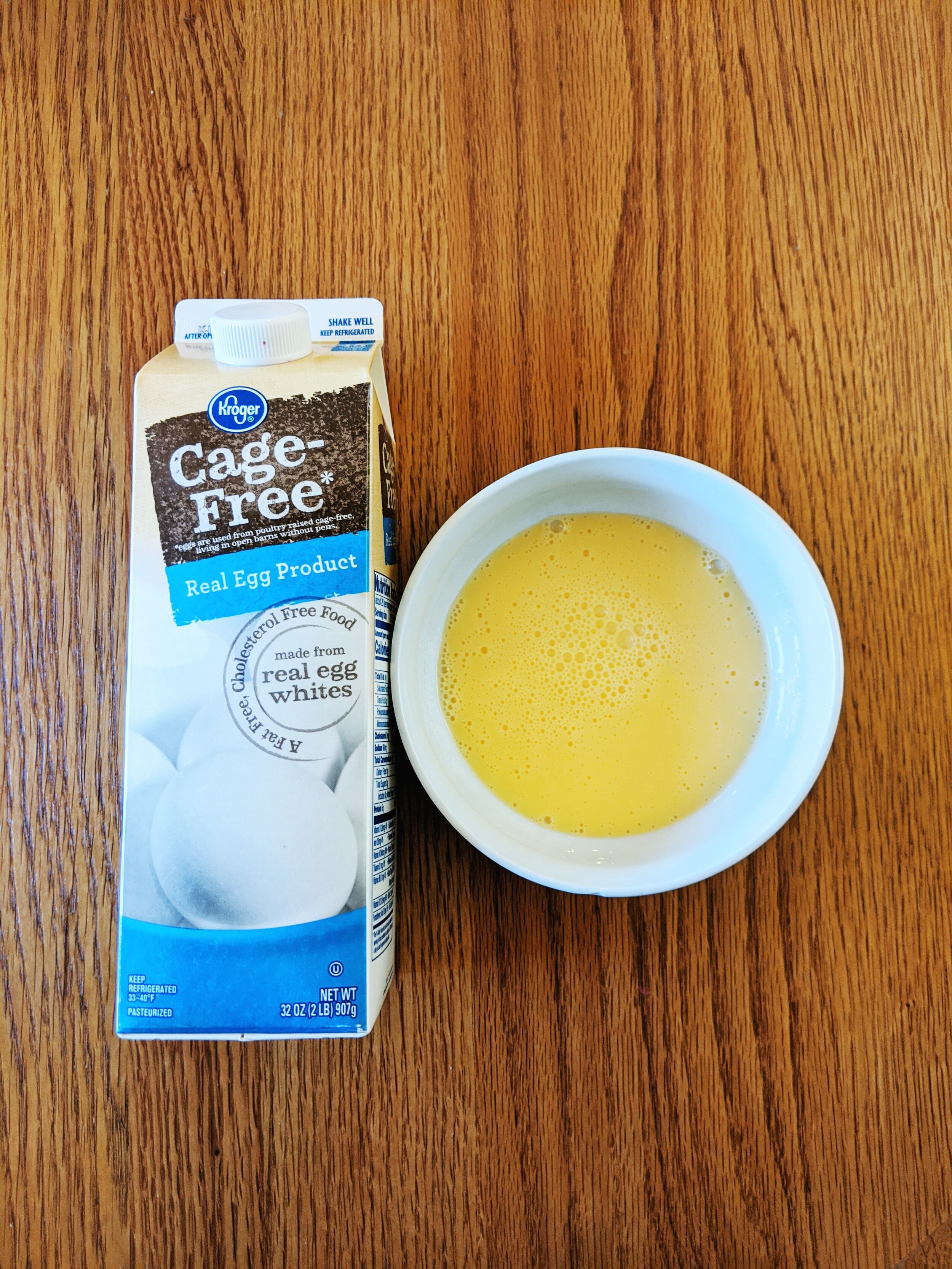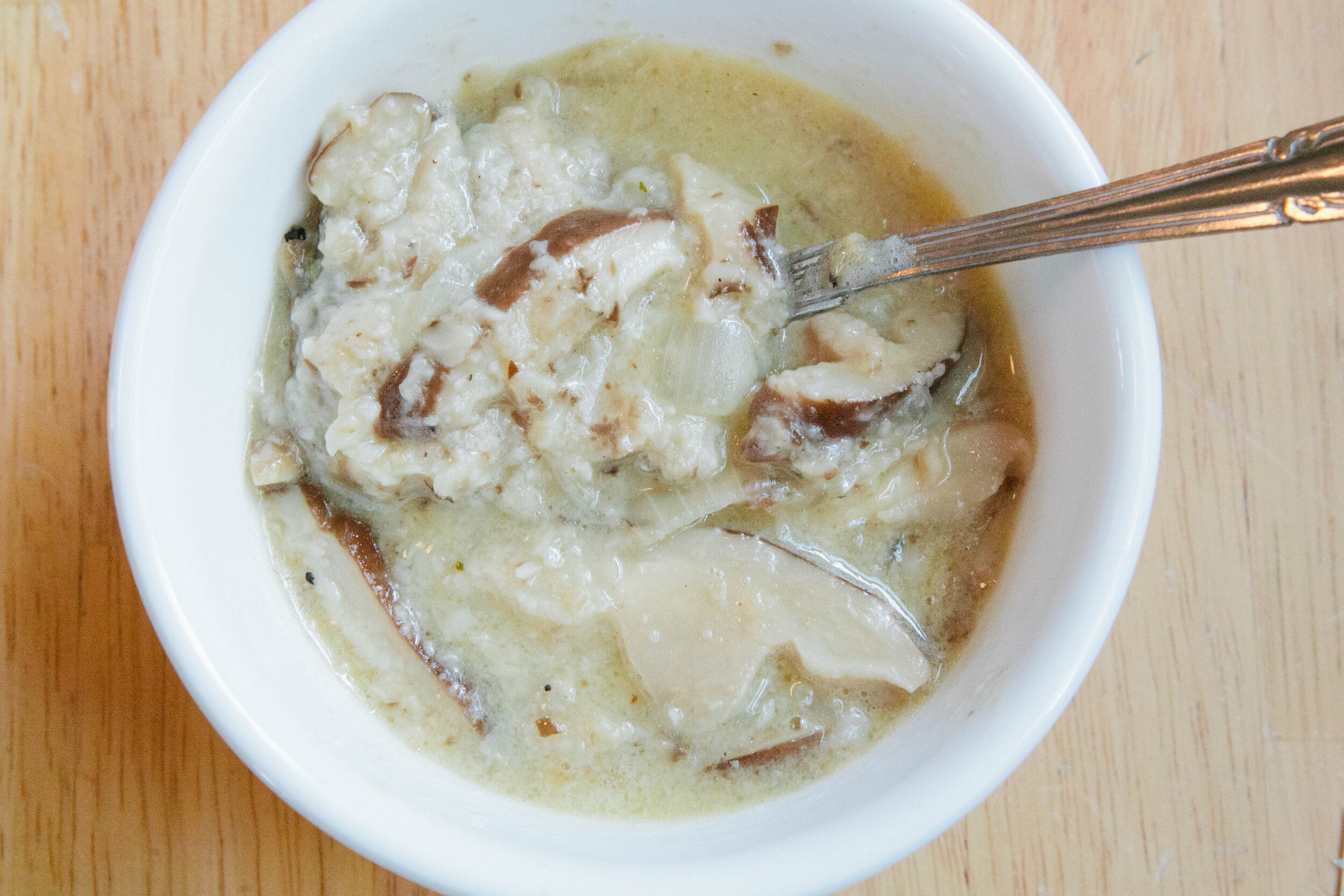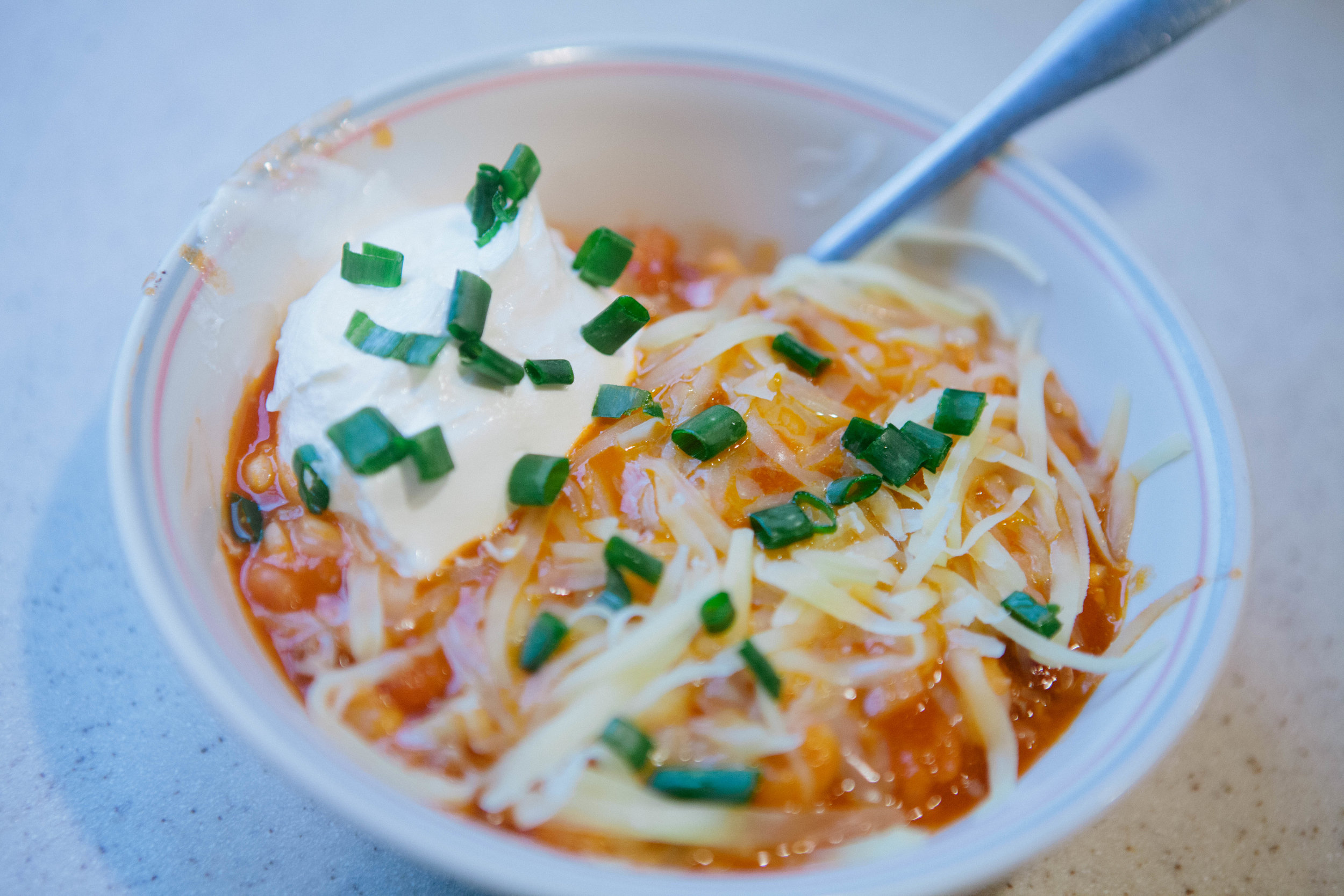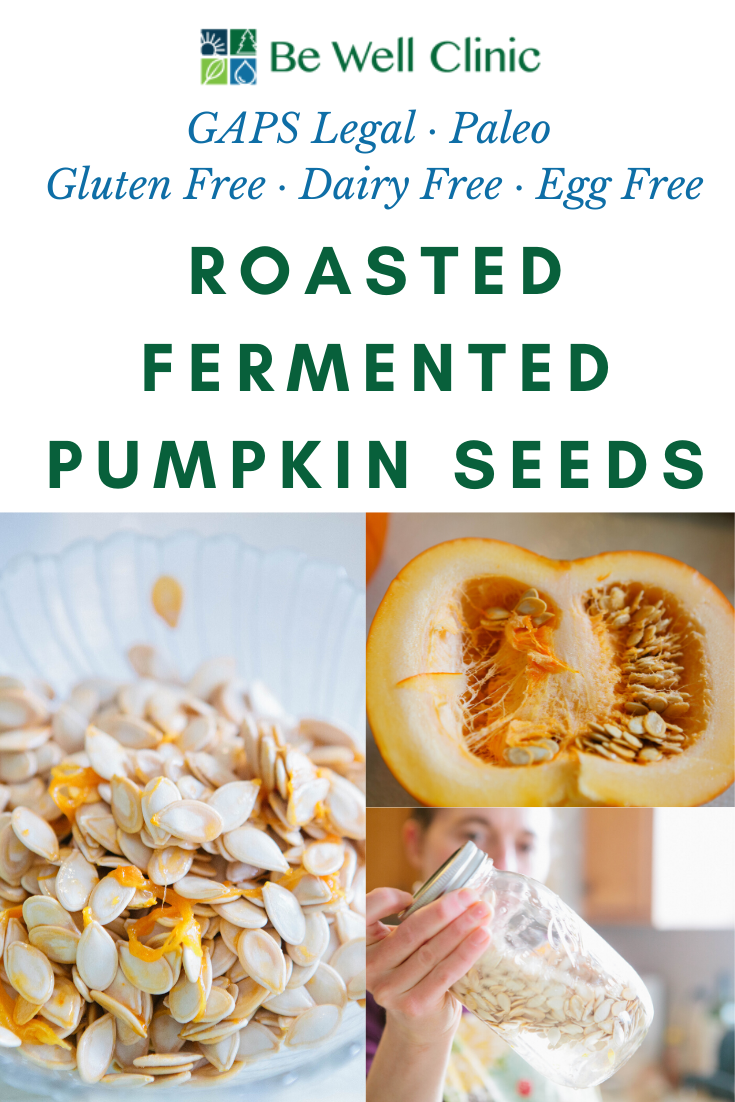On GAPS we don't avoid dairy forever, but we do culture it to make it more digestible. Even if you are not following the GAPS diet, you may find your body likes dairy better when it's cultured. Check out these recipes for ideas and directions on culturing and enjoying your dairy products.
How to culture dairy
Making Whey
Whey is the other protein in milk aside from casein. It’s only present after milk products have been cultured and it’s a live food. This liquid is teeming with good lactic acid producing bacteria (LABs.) Whey is a basic to keep on hand because it can be used to ferment flours, seeds, nuts, vegetables, or as a starter to culture other dairy.
Making Your Own Kefir
Kefir is a fermented drink made from kefir grains. It’s a bit like a very thin yogurt and has great health benefits!
The great news is, like many fermented drinks, kefir is very easy to make on your own!
Milk Recipes
Decadent Hot Chocolate
This hot chocolate is amazing. Rich, thick, decadent, filling, indulging, chocolaty goodness.
It even passed the skeptical, hot chocolate-loving teenage boy test.
Which is a big deal. And it's a nutrient-dense food!
Raw Milk Chocolate Pudding
Some days don't you just miss pudding cups? I know I do. Now you can make your own! The most frequent comment about this pudding (besides "yum", "delicious", and "mmm...") is that it tastes just like a chocolate pudding cup!
Milk Ice Cream
I discovered this delicious ice cream years and years ago from an old ice cream maker recipe book. This is really making a custard base which makes it thick and creamy and allows you to not have to add so many filler ingredients. You can make it with cream or whole milk.
Cheese Recipes
Twice Baked Cauliflower
Stop whatever dinner plans you have and go buy a cauliflower! This recipe is the best side dish I have ever had... and I don't even really like cauliflower that much!
Every time I think about it I involuntarily smile and say "yum" to myself (or out loud).
It may be the butter. Or the cheese…
Spinach & Artichoke Dip
Spinach and artichoke dip - just the name conjures up images of a creamy, delicious dip. This one is made with real foods and no mayonnaise and is as delicious as a traditional spinach and artichoke dip. Spinach and artichoke dip gets a bad rap but this recipe is actually a great source of fat!
Sour cream or creme fraiche
Mayo Free Deviled Eggs
One of the foods I miss most? Mayonnaise. Now I know there are different mayos out there, even ones you can make yourself that are GAPS legal. But unless it tastes like the Real Mayo deliciousness that I remember, I have no interest in consuming it. I was a mayo snob long before I payed attention to what I ate!
Mayo Free Egg Salad
Eggs are a great non-meat protein source. While I usually recommend eating eggs yolks running to preserve the cholesterol on them, sometimes a hard boiled egg is hard to beat! I substitute mayo for sour cream in this recipe and it has even more flavor. It’s delicious!
Make Your Own Ranch Dressing
Ranch dressing is typically used as a dip and you can definitely dip any number of cut vegetables into this mixture. However, you could also use this delicious blend as an added flavoring for lots of dishes!















